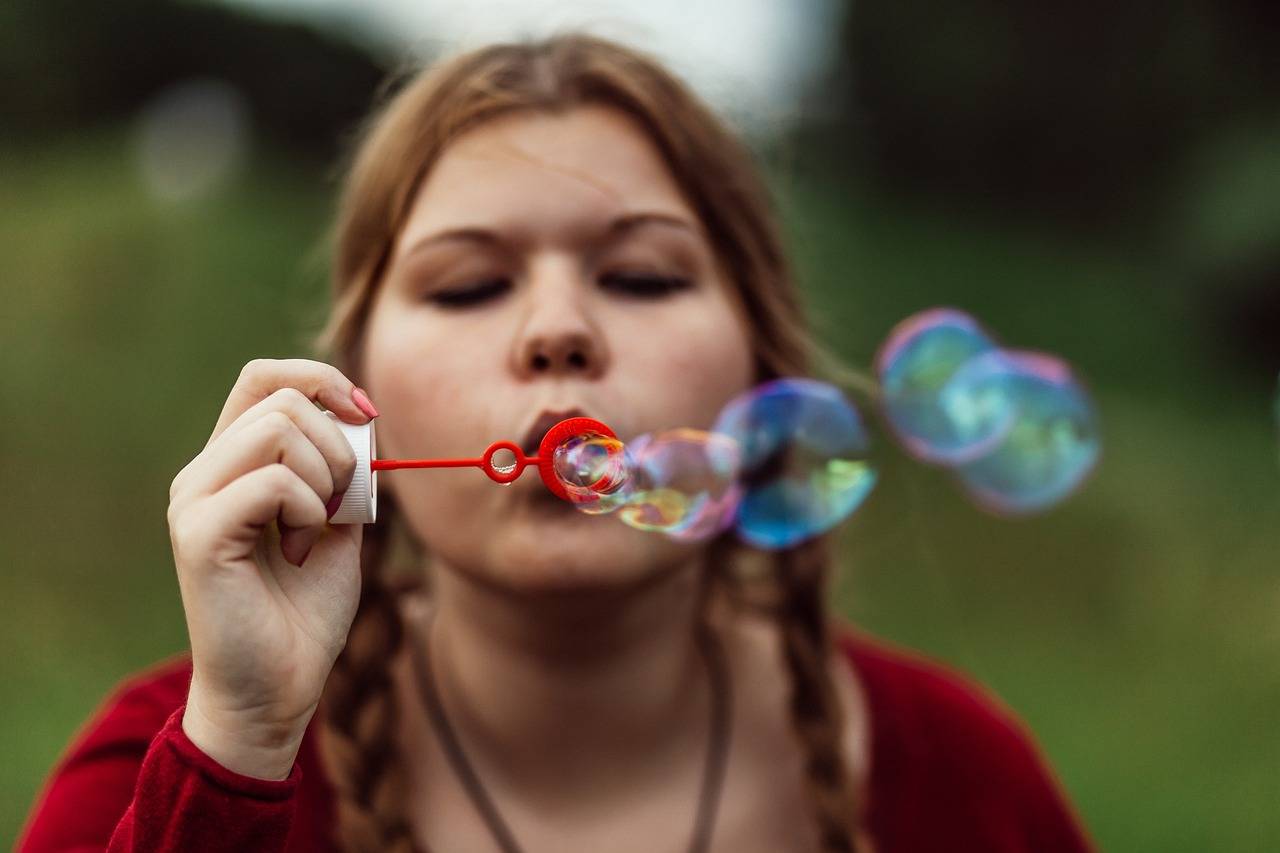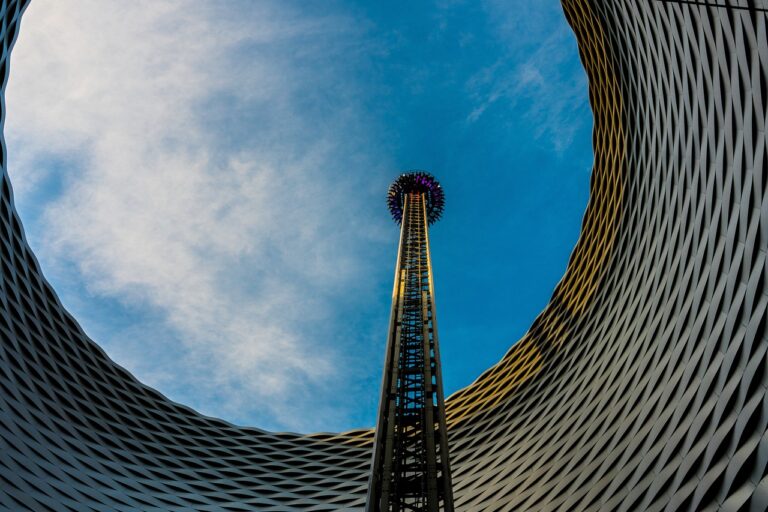The Artistry of Mask Making in Costume Design: My 99 exch, Laser book 247 com registration, Yolo247 club login
my 99 exch, laser book 247 com registration, yolo247 club login: The art of mask making in costume design is a unique craft that requires precision, creativity, and attention to detail. Masks have been used in various cultures and traditions for centuries, serving as a means of disguise, transformation, and storytelling. In the realm of theater, film, and even cosplay, masks play a crucial role in bringing characters to life and enhancing the overall aesthetic of a performance or costume.
Creating a mask from scratch involves a series of intricate steps, starting from conceptualization to the final product. Costume designers must possess a keen eye for design, understanding of materials, and technical skills to execute their vision effectively. Whether it’s a simple half-mask for a masquerade ball or an elaborate, full-face mask for a theatrical production, every detail counts in achieving the desired look and feel.
The process of mask making often begins with research and conceptualization. Designers draw inspiration from various sources such as historical references, cultural symbols, nature, and even fantasy elements. They then sketch out their ideas, considering the shape, size, and features of the mask to ensure it aligns with the character or theme they are working with.
Once the design has been finalized, the next step involves selecting the appropriate materials. Costume designers may choose from a wide range of options, including paper mache, plastic, fabric, leather, and even metal, depending on the desired outcome. Each material offers different qualities in terms of texture, durability, and flexibility, which can impact the overall look and feel of the mask.
After selecting the materials, designers then proceed to construction and sculpting. This stage involves cutting, molding, shaping, and assembling the various elements of the mask to bring the design to life. This process requires precision and attention to detail, as even the slightest deviation can alter the final outcome significantly.
Once the mask has been sculpted and assembled, designers then move on to the painting and finishing stage. This is where the mask truly comes to life, as color, texture, and embellishments are added to enhance its visual appeal. Whether it’s hand-painted details, intricate patterns, or decorative elements like feathers or beads, every choice contributes to the overall artistry of the mask.
The final step in the mask making process is fitting and customization. Designers must ensure that the mask fits comfortably and securely on the wearer’s face, allowing for ease of movement and expression. Customization may also include adding straps, padding, or other adjustments to achieve the perfect fit and performance.
In conclusion, the artistry of mask making in costume design is a multi-faceted craft that requires creativity, skill, and attention to detail. From concept to construction to finishing touches, every step in the process contributes to the overall aesthetic and impact of the final product. Whether it’s for the stage, screen, or a special event, masks play a vital role in bringing characters to life and creating memorable experiences for audiences.
FAQs
Q: What materials are commonly used in mask making?
A: Some common materials used in mask making include paper mache, plastic, fabric, leather, and metal.
Q: How long does it take to make a mask?
A: The time it takes to make a mask can vary depending on the complexity of the design and the techniques used. Simple masks may take a few hours to complete, while more intricate designs can take several days or even weeks.
Q: Can I learn how to make masks on my own?
A: Yes, there are plenty of resources available online and in books that can help you learn the art of mask making. Practice, patience, and experimentation are key to mastering this craft.







